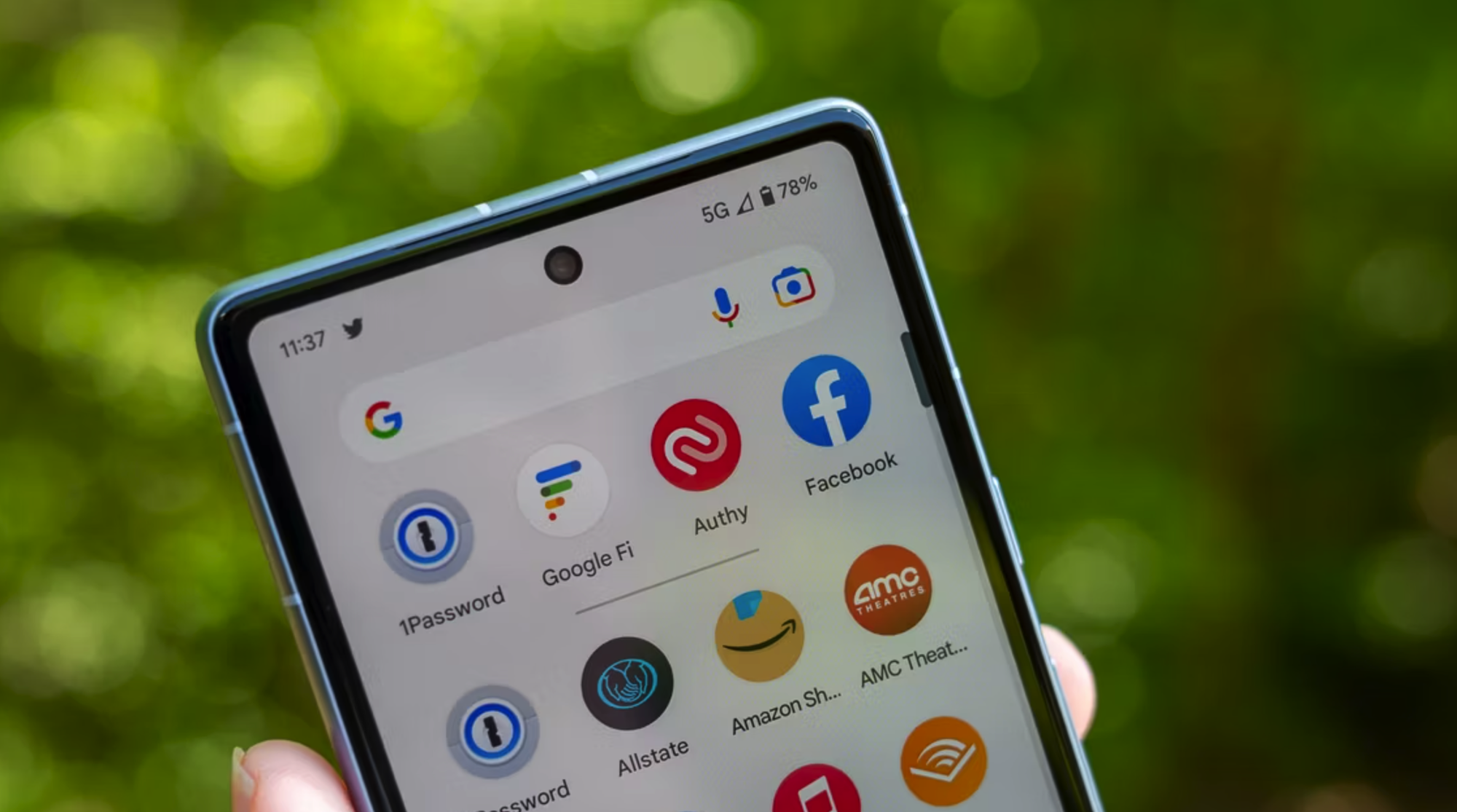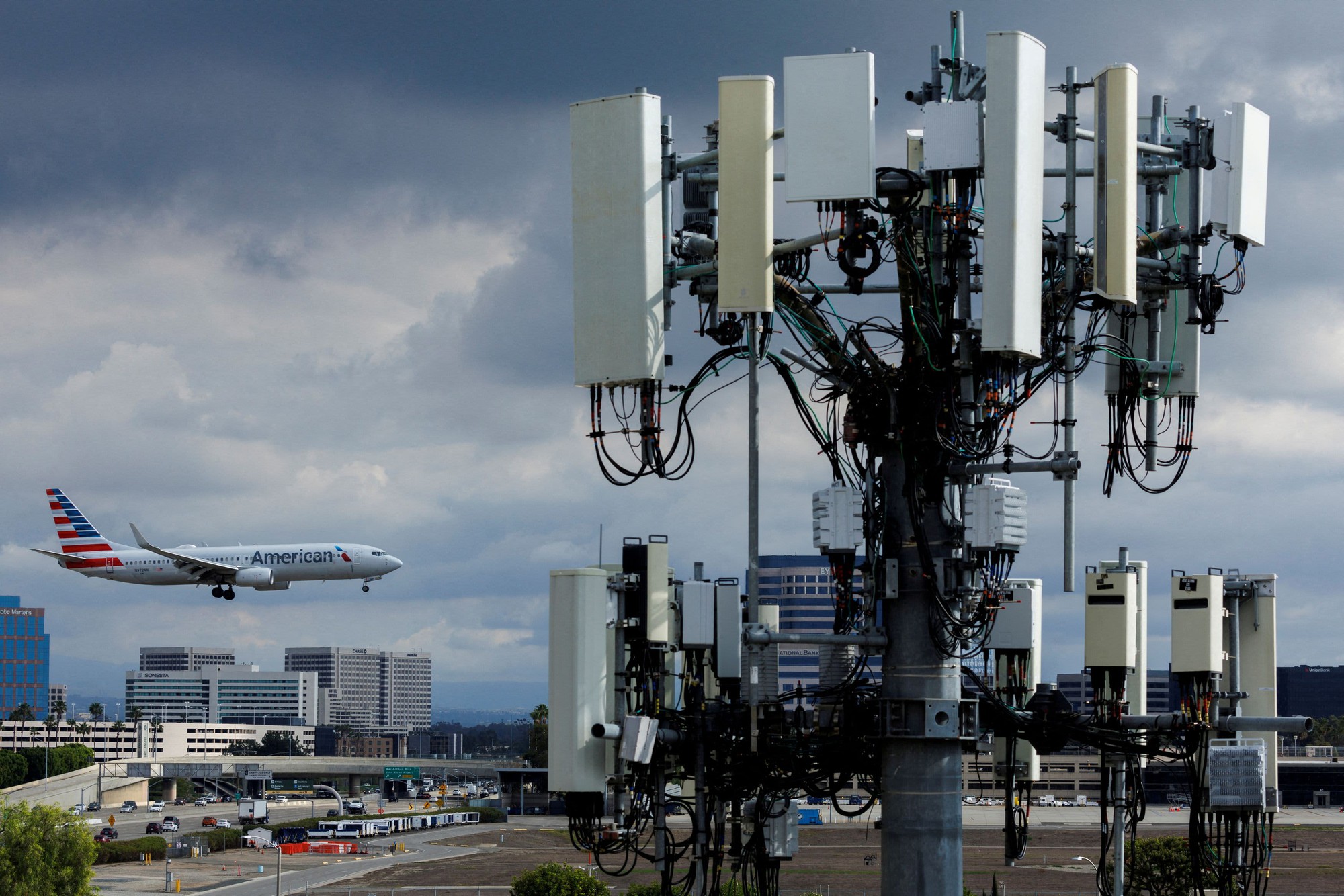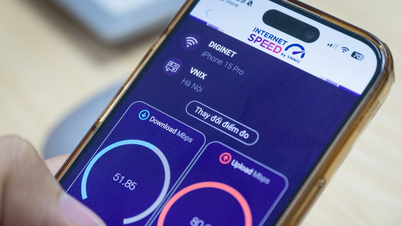5G network causes health problems
One of the earliest myths about 5G was that it could cause serious health problems. This belief stems from the fact that 5G operates at a higher frequency than 4G technology, leading to concerns about potential radiation problems.
But in fact, 5G, like many other wireless technologies (for example, 2G, 3G, 4G, Wi-Fi networks...), emits non-ionizing radiation. This type of wave is not strong enough to harm the genetic information that regulates the life activities of organisms (DNA) and is different from ionizing radiation such as X-rays or atomic materials. Many medical and scientific organizations in the world, including the World Health Organization (WHO) and the International Commission on Non-Ionizing Radiation Protection (ICNIRP), have publicly affirmed that 5G operates within safe frequencies for human health.

There is no evidence that 5G is harmful to human health.
The issue of ionizing radiation is also separate from the heat generated by electromagnetic waves (radio waves). Take the example of a microwave oven (in the home), which uses high-frequency electromagnetic waves to continuously move water molecules, thereby heating the food but does not ionize the waves. Some people may be concerned about the heat generated when holding a 5G phone near their body, but in addition to the use of waves, another factor is the power that can generate heat. Microwave ovens use about 1,000W of electricity, while the energy emitted by a 5G phone is only in the milliwatt range.
Additionally, radio waves obey the inverse square law for electromagnetic radiation, where the intensity of that radiation is inversely proportional to the square of the distance. In other words, users are too far away from 5G base stations to be affected by any of the energy contained in the waves.
The journal Nature has reviewed more than 100 papers testing the negative impacts of 5G networks on human health, but there is no scientific evidence to prove this suspicion.
5G is just high-speed internet
There’s no denying that 5G will deliver faster internet speeds, but that’s not all. Simply associating 5G with “faster internet speeds” oversimplifies the impact the technology will have on many different aspects of digital media.
5G technology also operates on low frequencies, reducing the delay between sending and receiving data. This is an important breakthrough in many different industries, from gaming - the entertainment field where every millisecond slower can change the outcome, to supporting real-time applications such as remote surgery, mining, self-driving cars... In addition, 5G networks are designed to connect to more devices at the same time, a very important factor in the era of the Internet of Things (IoT).
In short, the development of 5G networks is great for those who need faster internet connections, but the practical applications are much further away and can be seen as a significant leap forward in wireless technology.
5G network will replace Wi-Fi
5G has many applications and can replace home internet in some cases, but it cannot completely replace current Wi-Fi technology. The first reason to mention is the cost. 5G packages are getting cheaper and more popular, but it is still not enough for users to enjoy the internet experience like when connecting to Wi-Fi. It may take many years for users to have the opportunity to use mobile packages without having to calculate the amount of data consumed each month, while hoping that the price of Wi-Fi internet will decrease.
Along with the development of mobile telecommunications networks, Wi-Fi technology has also made its own progress. Recently, Wi-Fi 6 and 6E standards have achieved speeds equal to 5G when tested in small areas. Wi-Fi 7 promises performance equivalent to current wired network technology. Therefore, unless 5G covers everywhere and carriers launch super cheap data packages, Wi-Fi is still the number one choice.
Can't use 5G at the airport

American Airlines plane flies over telecommunications tower as it prepares to land in January 2022
There is a big misconception about 5G at airports that mobile networks will interfere with radio altimeters in aircraft. In response to concerns about this, regulators like the FCC and FAA are working with the entire aviation and wireless industry to ensure that 5G and aviation services can coexist and be safe together.
In the US, the road ahead is bumpy, but there are concrete plans. The FAA says some aircraft will need special radio filters for their altimeters, and in some cases they will need to be replaced. It won’t be cheap, but once aircraft and airport facilities are upgraded, users could experience 5G connectivity at more airports.
5G phones are essential now
Smartphone manufacturers are constantly releasing devices with 5G connectivity, but buying a compatible device right now is not necessary, unless the end user lives in an area with strong 5G coverage and can afford to buy a phone that supports this technology. Currently, there are not many applications that really benefit from the speed and utilities of 5G on the phone. And for most users, 4G is enough to meet daily needs.
The feeling of having to get a 5G smartphone when the demand is not there yet and the number of supporting carriers is still low is just FOMO (Fear of Missing Out) psychology, which can make users spend a lot of money in vain.
Source link























































































































Comment (0)